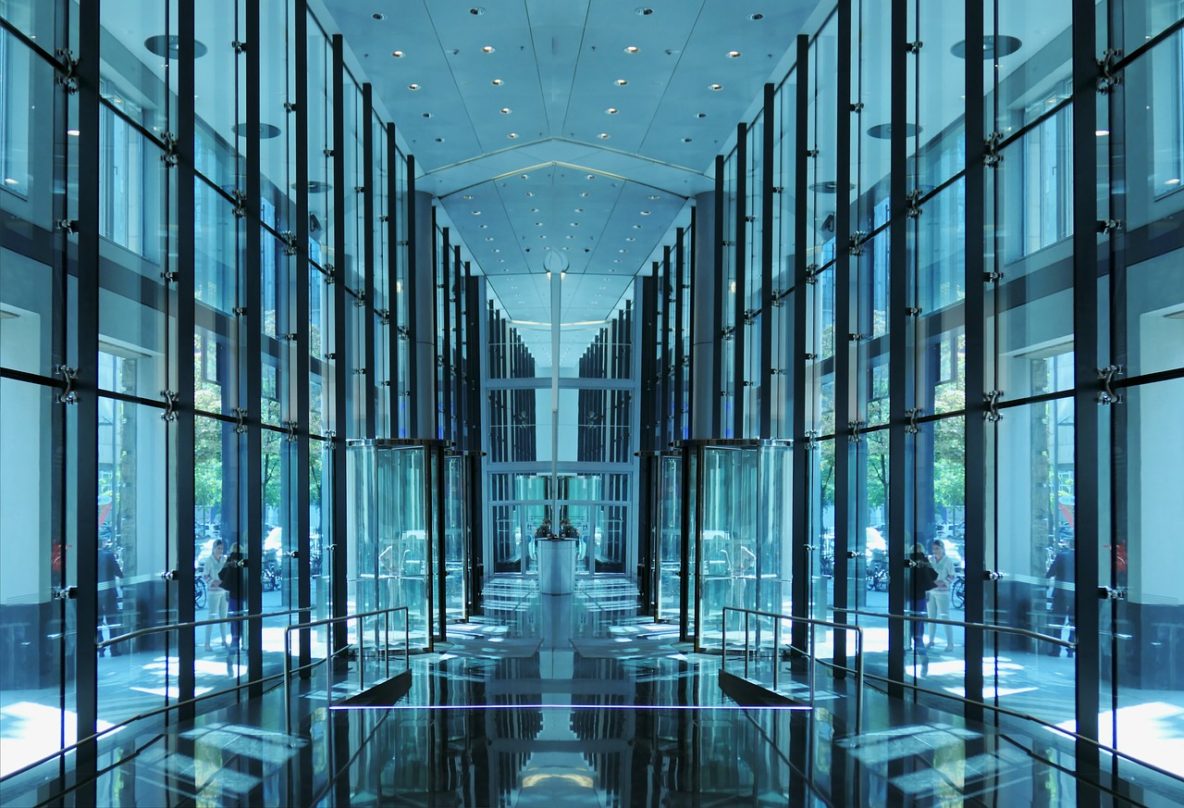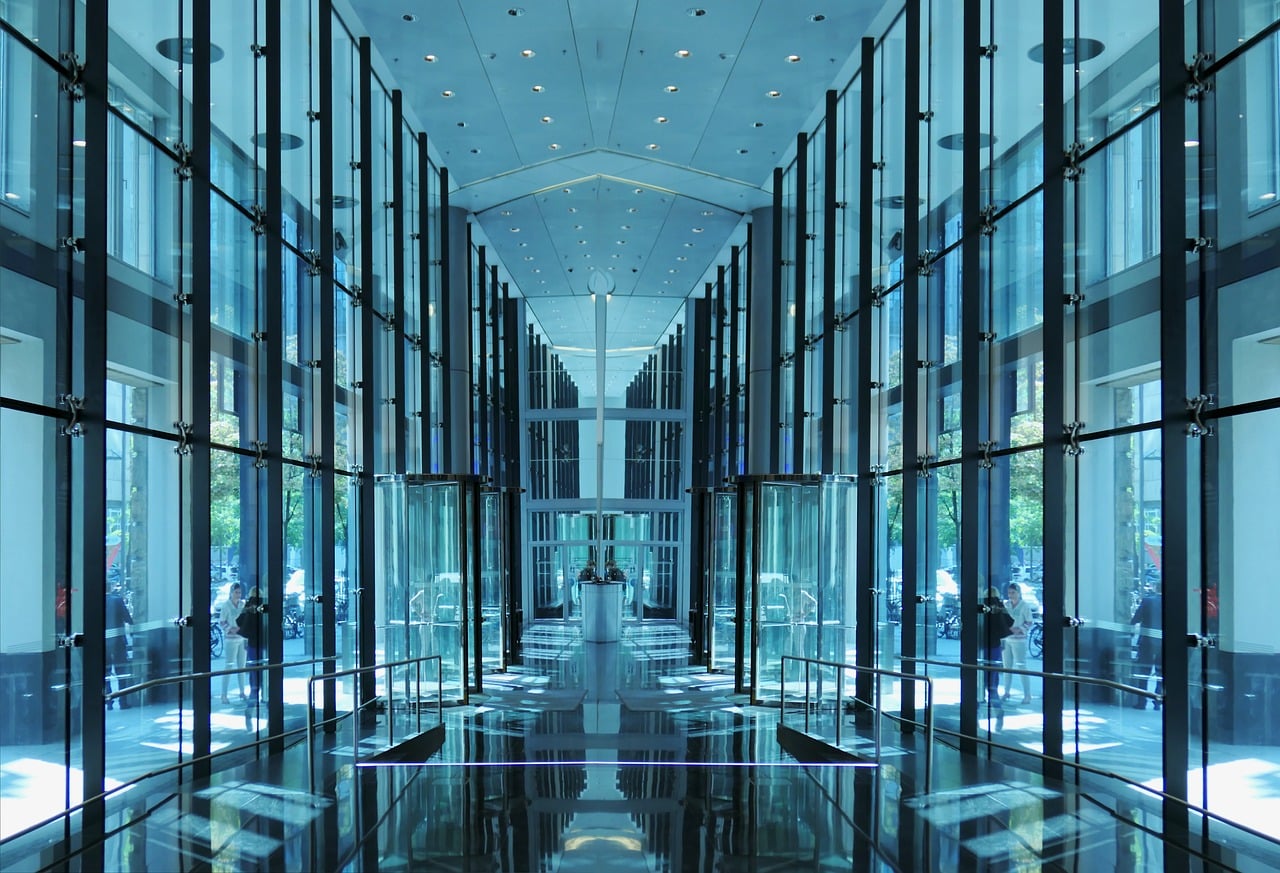NYS Workers Comp Code 5102 Door and Window installation
Description: This code includes the installation of all types of doors and windows. This also includes non-overhead-type garage doors. The types of interior and exterior doors and windows can be commercial and residential for example aluminum, vinyl, composite, fiberglass, and steel but are not limited to just these. The operations include placing and securing the door or window to framing members. The doors may be trimmed for proper clearance, and latching mechanisms are installed. Metal doors may also involve the installation of electric devices that will automatically close the door.
Code 5102 can also include the installation of storm shutters made of wood, accordion, roll-down, fabric screens, and corrugated plastic and sheet metal.
Materials Used: Door or window material, installation tools.
Pricing: Solid companies with a good loss history can obtain better than average pricing on NYS Workers compensation rates.
DOOR AND WINDOW INSTALLERS
Category: Casual and Artisan Contractors
SIC CODE: 1751 Carpentry Work
NAICS CODE: 238350 Finish Carpentry Contractors
Suggested ISO General Liability Codes: 91746, 91341, 91342
Suggested Workers Compensation Codes: 5102, 5645, 5403
Description of operations: Door and window installers prepare openings, hang doors or windows in the opening, and install hardware such as hinges, knobs, and locks. Exterior doors and windows are sealed to provide a moisture barrier protecting the structure from weather-related damage. Installers who sell windows and doors may represent one manufacturer exclusively or represent several. Some installers have no inventory; others have showrooms and warehouses full of merchandise.
Property exposures may be limited to an office only or include a showroom and inventory of doors, windows, or other building materials. The storage of lumber, paints, finishes, varnishes, and shellac combined with the dust from the cutting of the lumber or wood can create a high fire and explosion exposure. Labeling, separation, proper storage of flammables and adequate aisle space reduce the exposure. If the installer accepts delivery of merchandise on behalf of clients at its own location, all such stock received and awaiting installation should be included in the installer’s property coverage.
Crime exposures are from employee dishonesty. Background checks, including criminal history, should be performed on all employees providing services to customers or handling money. All ordering, billing, and disbursement should be handled as separate duties with reconciliations occurring regularly.
Inland marine exposures include accounts receivable if the installer offers credit to customers, contractors’ equipment, including scaffolding, goods in transit, installation floater, and valuable papers and records for customers’ and suppliers’ information. Doors and windows in transit are vulnerable to damage from dropping, breakage, shifting, inadequate packaging, collision, and overturn. The installation floater exposure varies depending on whether the contractor delivers the windows and doors or has them drop shipped to the job site. The contract with the client should state who is responsible for the windows and doors during transit and storage.
Premises liability exposures at the installer’s office are generally limited due to a lack of public access. If there is a showroom, clients can slip or fall, or be injured by falling displays. Fires or fumes from woodworking and/or lumber storage operations can spread to neighboring businesses or homes. Outdoor storage may create vandalism and attractive nuisance hazards.
Off-site exposures can be extensive. Jobsite operations include removal of the current windows and doors and all carpentry necessary to prepare the opening for replacements. The installer’s employees can cause property damage to the client’s premises or bodily injury to members of the household. Tools, power cords, building materials, and scrap all pose trip hazards even when not in use. The use of saws and other power or hand tools is inherently hazardous due to sharp edges and moving parts. Unprotected openings allow wind, rain or unauthorized persons to enter the premises, and for children or others to fall out of the structure. The area of operation should be restricted. In enclosed structures, the buildup of dust and scraps can result in catastrophic fire and explosion. Disposal of waste materials (dust, scrap, varnishes or paints) could create an environmental hazard. There may be significant subcontractor and other contractual liability exposures.
Completed operations liability exposures are moderate. Quality control and strict compliance with all manufacturers’ and designers’ specifications are necessary. Improper exterior sealing can lead to moisture buildup and growth of mold and other forms of fungus. Inadequate monitoring of work orders and change orders may be a concern. Poor record-keeping may result in payment of otherwise questionable claims. Inspection and written acceptance of the work by the owner or general contractor is critical.
Automobile exposures are limited unless windows and doors are transported by the installer. MVRs must be run on a regular basis. Random drug and alcohol testing should be conducted. Vehicles must be well maintained with records kept in a central location. Hazards of transport include failure to properly secure the load and equipment failure, especially tie-downs and hitches.
Workers’ compensation exposures vary based on the size and nature of the job. Work with hand tools and sharp objects such as saws, chisels, and nails can result in cuts, piercings, and accidental amputation. Back injuries, hernias, strains, and sprains can result from lifting. Minor injuries may be frequent even when the severity of exposure is controlled. When work is done on ladders and scaffolds, there is a potential for severe injury or death from falling, being struck by falling objects, sudden gusts of wind, and other adverse weather conditions. The absence of good maintenance of scaffolds, proper use of basic safety equipment, such as scaffolding safety belts, steel-toed shoes, and eye protection, and strict enforcement of safety practices may indicate a morale hazard. Employees must be carefully selected, trained, and supervised. Occupational diseases can result from exposure to noise, dust, and metal particles.
Minimum recommended coverage:
Business Personal Property, Employee Dishonesty, Contractors’ Equipment and Tools, Installation Floater, General Liability, Employee Benefits Liability, Umbrella Liability, Automobile Liability, and Physical Damage, Hired and Nonownership Auto Liability, Workers Compensation
Other coverages to consider:
Building, Business Income with Extra Expense, Earthquake, Flood, Leasehold Interest, Real Property Legal Liability, Accounts Receivable, Computers, Goods in Transit, Valuable Papers and Records, Cyber liability, Employment-related Practices, Stop Gap Liability
For the best rates on NYS Workers Comp Code 5102 Door and Window Installation, give us a call. We offer free policy reviews to help you ensure you are properly classified for your business and have the most affordable coverage available.


